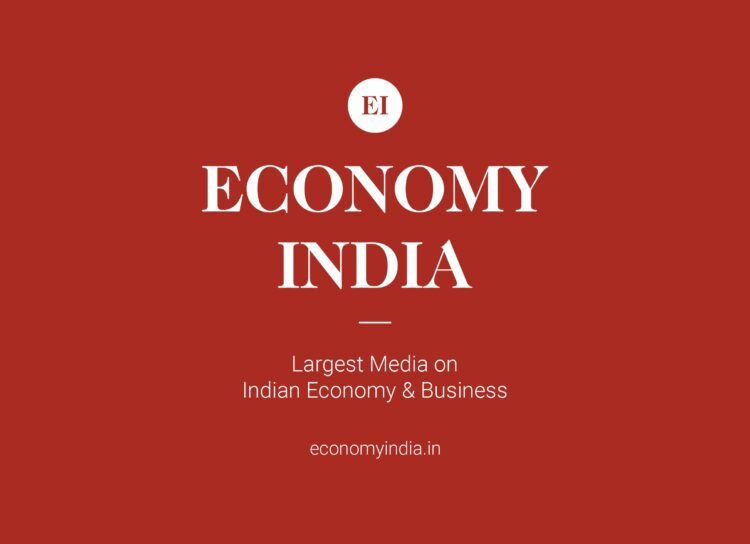NEW DELHI (Economy India): The Indian manufacturing sector has demonstrated robust growth with an 8.9% increase in the last quarter, signaling ongoing progress. The Industrial Production Index (IIP) has also indicated a strong revival in the sector. However, various factors have influenced these growth figures.
Factors Influencing Recent Growth Figures
Moderate Investment The Gross Fixed Capital Formation (GFCF) growth slowed to 6.5% YoY in the last quarter. This deceleration reflects temporary fatigue due to national elections in major countries, geopolitical tensions in Central Asia, and economic slowdown in China.
Demand Outstripping Supply The gap between GDP and Gross Value Added (GVA) narrowed to 1.5% from 1.8% in the previous quarter. Despite this narrowing, the gap remains significant, indicating that demand (measured from a spending perspective) is growing faster than supply (measured from a production perspective).
Fiscal Deficit Below Expectations The fiscal deficit stood at 5.63% of GDP, lower than initial budget estimates (5.9%) and revised forecasts (5.8%).
India’s Near-Term Outlook
Strong Growth Prospects: The fiscal year 2023-24 has shown strong growth, bolstered by the continuity of the central government post-elections, which has enhanced confidence in domestic economic infrastructure. Growth is projected to be between 7.0% and 7.2% for the next financial year (2024-25), with a broader range of 6.7% to 7.3% in subsequent years due to uncertainties.
Potential Risks and Growth Opportunities:
Optimistic Second Half After a year of uncertainty, India is expected to experience significant growth in the latter half of the year. Key contributing factors include continued domestic policy reforms, reduced uncertainties in the United States post-elections, and more synchronized global growth. Monetary policy easing and rate cuts by Western central banks will improve global liquidity, boosting capital flows and especially higher private sector investments. Export improvement is likely due to global economic recovery.
Inflation Outlook Inflationary pressures are expected to decrease in the second half of the year due to reduced food price pressures. However, food prices may remain high due to uneven monsoons. Strong growth may also keep inflationary pressures in check as demand outpaces supply. Inflation is projected to gradually return to the RBI’s 4% target level early next year and remain within comfortable levels during the forecast period.
Preparing for the New Generation of Consumers
Rising Urban Expenditure: Urban households have consistently spent more than rural counterparts. In 2022-2023, the average monthly expenditure difference between urban and rural households was INR 2,686, compared to INR 930 in 2009-2010. However, rural expenditure patterns in food and non-food categories are rapidly converging with urban patterns.
Shift to Protein-Rich Diets Within the food category, there is a noticeable shift in rural areas towards more protein-rich diets compared to carb-based foods.
Demand for Processed Foods and Beverages The demand for processed food and beverages is highest among both urban and rural populations. This indicates a shift in consumer preferences towards convenience and variety in food options. Given that this sector is a major contributor to economic development, employment, and tax revenues, the government should focus on enhancing the production of processed food products.
Increased Demand for Discretionary Goods and Services In the non-food category, the highest expenditure has been on services (including transportation), followed by durable goods (such as mobiles, electrical products, and vehicles).
Concerns Over Health and Education Spending There are concerns about rising expenditure on health and decreasing share of spending on education. Increased health expenditure is placing a financial burden on consumers, limiting their ability to spend in other areas. Additionally, reduced prioritization of education in household budgets could impact future employment prospects and contribute to income inequality.
Changing Spending Priorities Create New Business Opportunities
Opportunities in Rural Markets Rural spending preferences for discretionary goods and services, especially durable goods and transportation, present significant opportunities. As incomes rise, demand for these goods is expected to increase, prompting businesses to target states with higher per capita incomes.
Factors Influencing Market Opportunities The maturity and breadth of the market determine the opportunities available. States with reduced urban-rural spending disparities offer potential for GDP growth. Businesses can benefit from targeting states with a large rural population, thereby gaining access to a substantial consumer base and fostering sustainable consumer demand.
Government Efforts and Future Outlook
New Government’s Initiatives The newly elected government, in power for the third time, presented its first central budget on July 23, 2024. The budget focuses on improving agricultural productivity and income, creating jobs for the youth, addressing the challenges of financing for manufacturing and MSMEs, and controlling inflation. These measures are expected to enhance supply, manage inflation, and boost consumer spending, particularly in rural areas and among the middle class.
Economy India














